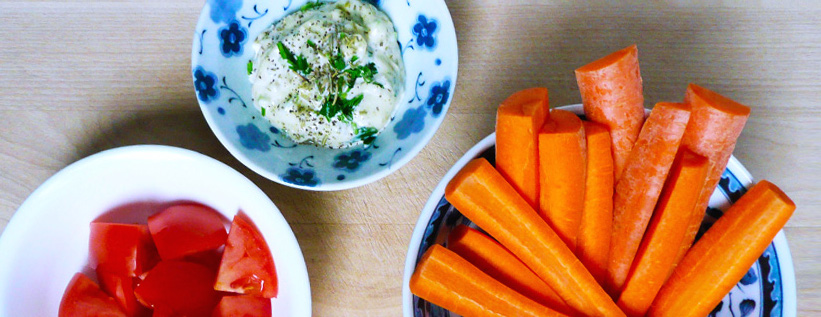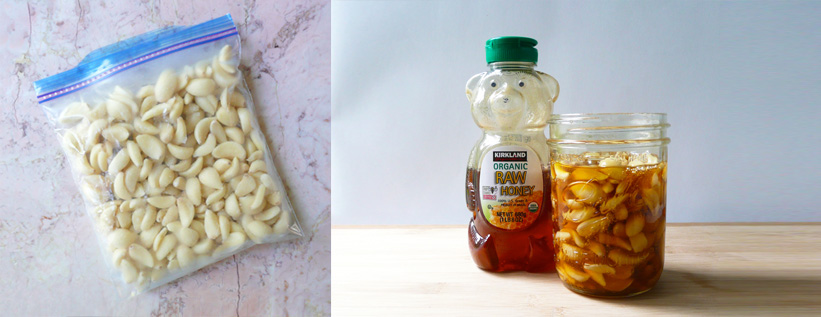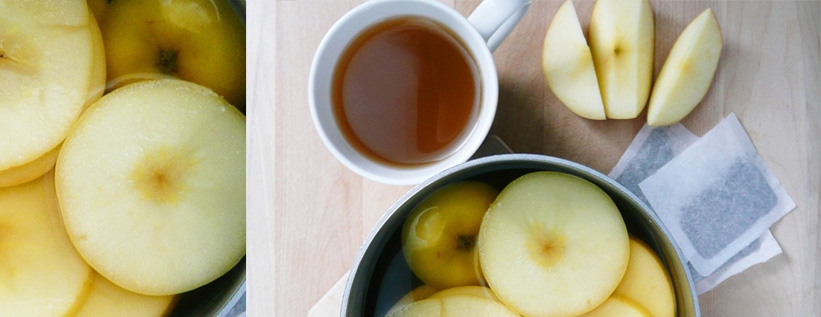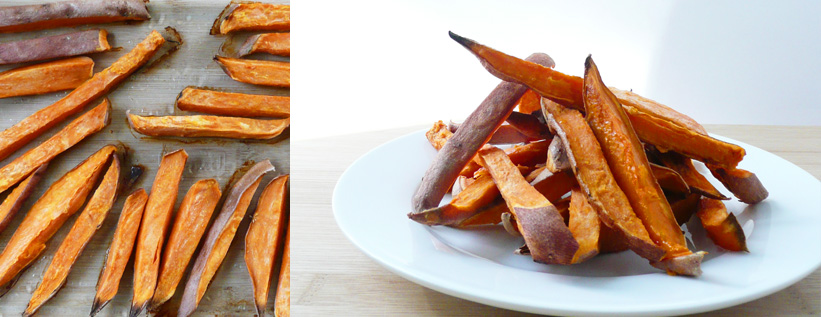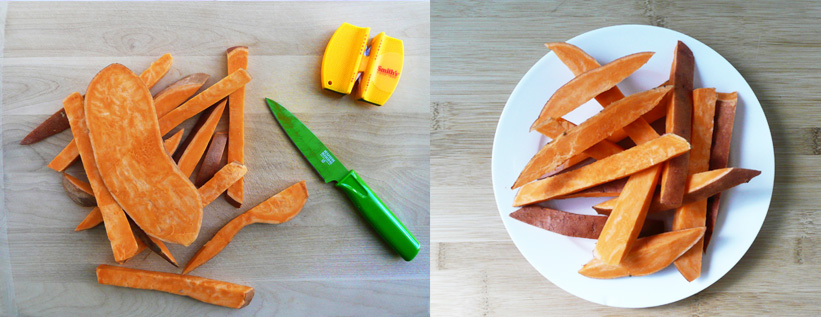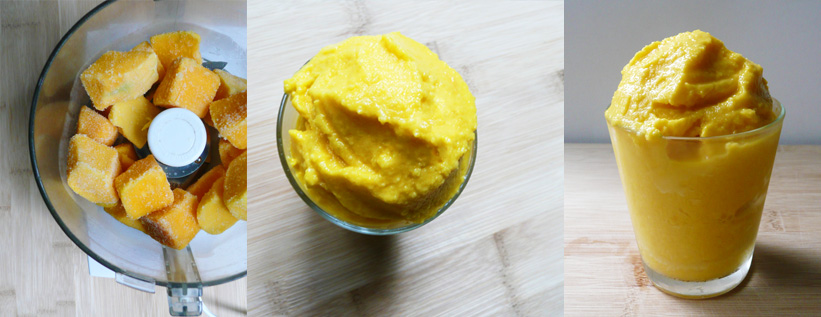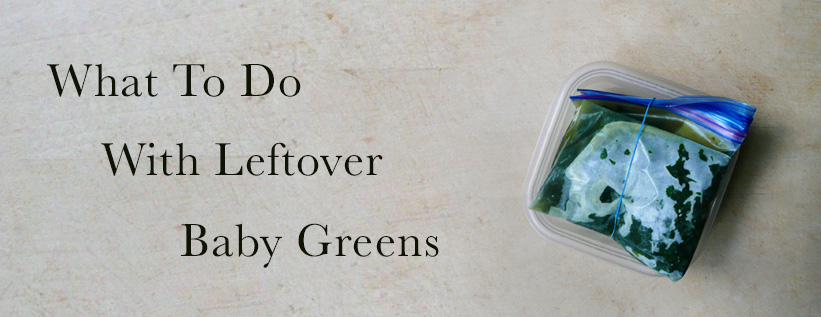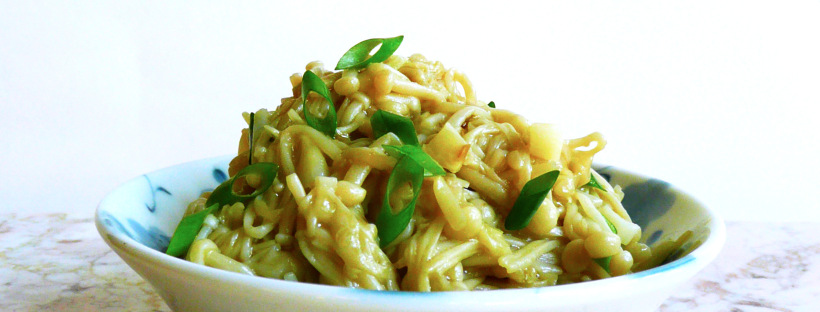This creamy garlic rosemary dip takes just minutes to put together and makes snacking on everyday vegetables feel like a fun and tasty treat.
Month: April 2018
What To Do With Leftover Garlic
Here are two ways of storing extra garlic cloves so that you can use them up when you're ready to.
Iced Apple Green Tea – Easy, Paleo, Refined Sugar Free
If you love Southern Style Sweet Tea and are looking for something that is refined sugar free, this is a great alternative. This Iced Apple Green Tea is just as refreshing, and the apple juice gives this green tea a lovely fruity sweetness, perfect for warm weather and sunshine.
How to Bake Sweet and Creamy Sweet Potato Fries – with No Added Sweeteners
This is one of my favorite recipes and I make it all the time. I love cooking sweet potatoes this way because they become soft and creamy in the middle and almost taste like custard, but the crispy ends taste like toasted marshmallow.
My Technique / Tips for Cutting Sweet Potatoes
Sweet potatoes are one of my favorite vegetables, and they are super versatile, but they can be difficult to cut. Here are the tips and techniques that I use to make the job a little easier.
What To Do With Leftover Limes
If you ever find yourself with extra limes, here's how to freeze them so that you can enjoy them whenever you need them.
Mango Lemon Sorbet (No Churn) – Quick and Easy, Vegan, Paleo
Mango Lemon Sorbet is incredibly simple to make, and you don't even need an ice cream maker! It's the perfect treat for a beautiful sunny day.
What To Do With Leftover Baby Greens
Sometimes when you go grocery shopping, you see a gigantic bag of organic baby greens for $5 and think "Hey! That's a great deal!" Once you get home though, you realize that there is no way that you're going to be able to eat that entire bag of baby greens before they go bad. But have no fear! There's a super easy way to get the most out of your purchase.
Sautéed Enoki Mushrooms with Garlic – Quick and Easy, Vegan, Paleo
This is a super speedy and delicious vegetable dish for nights when you want to get dinner on the table as quick as possible. It's paleo, and vegan and works with most dietary restrictions.
Joyful Fruit Salad – Vegan, Paleo
This is my joyful fruit salad. It's joyful because you smile at how wonderful and sweet that ripe mango smells), you smile when you see how bright and happy the different colors of the fruits are together, and you smile when you eat it (because it tastes so good...)
